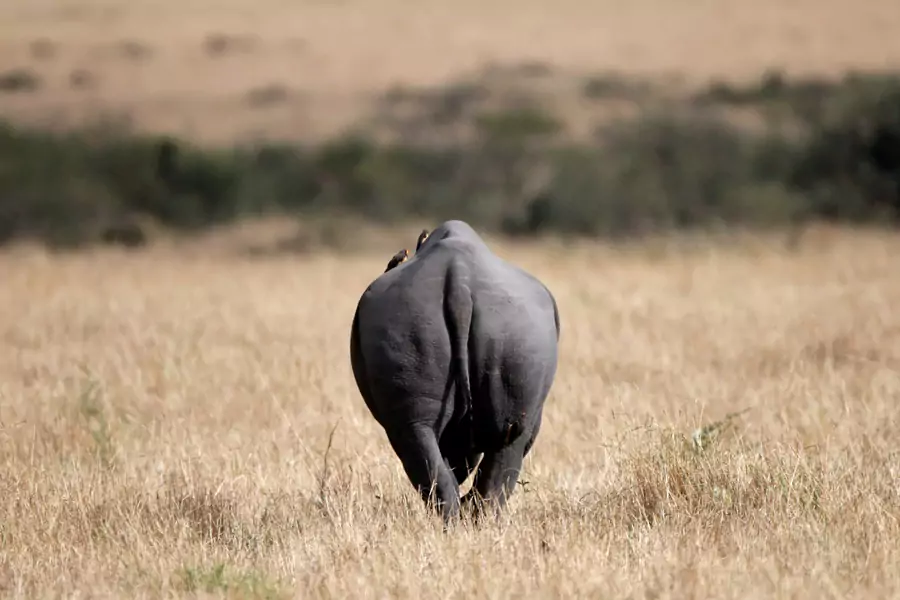The $400,000 Death of a Namibian Black Rhino

Nobody who cares about Africa’s wildlife can like a September 9 New York Times headline, “Hunter Seeks to Import Parts of Rare Rhino He Paid $400,000 to Kill.” The story recalls the dentist from Michigan who paid for, shot, and killed Cecil, an elderly lion in Zimbabwe. In this case, a Michigan big game hunter paid a Namibia conservation organization $400,000 for the opportunity to shoot a black rhino. Now, he is applying to the U.S. Fish and Wildlife Service to bring its skull, hide, and horns into the United States. The black rhino is covered by the U.S. Endangered Species Act. It is illegal to import trophies from an animal on the list unless it promotes the survival of the species.
Despite the unpleasant optics, that would appear to be the case here. There are only about 5,500 black rhinos left, and half of them are in Namibia, according to the New York Times. Under an international convention, Namibia may allow five male rhinos to be killed per year. The meat is distributed to the local people and the payment helps fund conservation programs. The black rhino hunted was twenty-nine years old and was interfering with breeding by younger males, and therefore was damaging population growth. Accordingly, the Fish and Wildlife has indicated that it will likely approve the entry into the United States of its trophy parts.
More on:
Nevertheless, animal rights and some conservation groups oppose any trophy hunting, including that of black rhinos. The black rhino population is increasing, but so, too, is poaching, the greatest threat to them. In this particular case, however, the hunt appears to promote the conservation of the black rhino population.
More on:
 Online Store
Online Store